Photography gives us a chance to gain a new perspective on life, and in Steven Marks’ case the viewers of his work connect with that reality through a psychological lens. The vivacity of his snapshots has the ability to grab your attention immediately, but there’s something that calls for your introspection about the elements being portrayed in each photo.
The Washington D.C. based photographer is an example of how life-changing experiences are no obstacle for finding one’s true artistic vision. Marks started taking photographs professionally during 1978 in Chicago. While his career began in communications and journalism, it was working with established photographers that led him towards opportunity in a medium he didn’t initially intend to pursue.
He explains, “I came under the tutelage of several fine commercial and art photographers who helped me find my way, the most important of which were Nathan Lerner and Barbara Crane. Although I learned a lot from Crane, Lerner was the far more important model. He printed his famous Maxwell Street photos at The Darkroom, and was one of the first teachers hired by Arthur Siegel at the Institute of Design [in Chicago].”
What makes Steven’s story extraordinary was his ability to succeed as a photographer over time despite medical complications, which damaged his vision in both eyes during the mid 80s. But when central vision was restored in his left eye in 2012, he continued to pursue photography in a newfound way by fine-tuning his style to make up for two lost decades. Two of his current projects, Memory Traces and The Edge of Vision, center on human experience and psychological emotions. The photographs include bold colors accompanied by striking distortion, light work, abstraction, and shadows. All these elements expose the human relationship with the unseen surroundings during transient moments.
“While my right serves only to provide peripheral vision - a third of my visual field is blurry when both eyes are open - the brain is able to correct…During the intervening years, colors were dull and insipid, but when my sight was restored, I was struck by the vividness and beauty of the colorful world, and I suspect some time will pass before I return to black-and-white photography, if ever,” he says.
Vision is what guides us forward figuratively and physically, and Marks has used his inner vision as a guide within a bigger purpose for what he will present in his work. Psychologically, we can view photography as a symbol for connectivity to a reality that can include people, places, things or feelings. Marks focuses on life on pause in an otherworldly manner. His work makes us forget about the concept of time in order to capture the essence of a feeling – one that tends to be heightened with eye-catching colors hovering around in a dreamlike state.
Though his photographs capture people, the focus remains on the physical surroundings and how these affect our emotional perception. The colors seem to engulf the individuals who play a secondary role to the feeling being revealed through the photograph. It is also thanks to the blurred lines that the viewers are able to capture the moment and generate a psychological response to the visuals instead of focusing solely on specific elements.
He explains, “My new pictures were far more psychological than my old, and the effects of the physiological changes, combined with my studies in 20th century art and modernism, have led me to my two current projects: Memory Traces and Edge of Vision. Both can be characterized by their increasing abstraction and emphasis on camera-work, by which I mean my investigations in the potential for using the camera as a means of investigating deep psychological and emotional truths and my personal expressionistic perception of the world.”
Marks’ photographs show that there’s something more to the bright colors being presented. What the visuals evoke within us beyond the aesthetic beauty is what stays in our minds. That’s what makes us human, our attachment to real life memories and how they make us feel. While the past is gone, it is the emotions that pull us back to those moments that over time become embedded in our lives as part of who we are.
For more on the artist’s work, visit his site. All photos courtesy of Steven Marks.
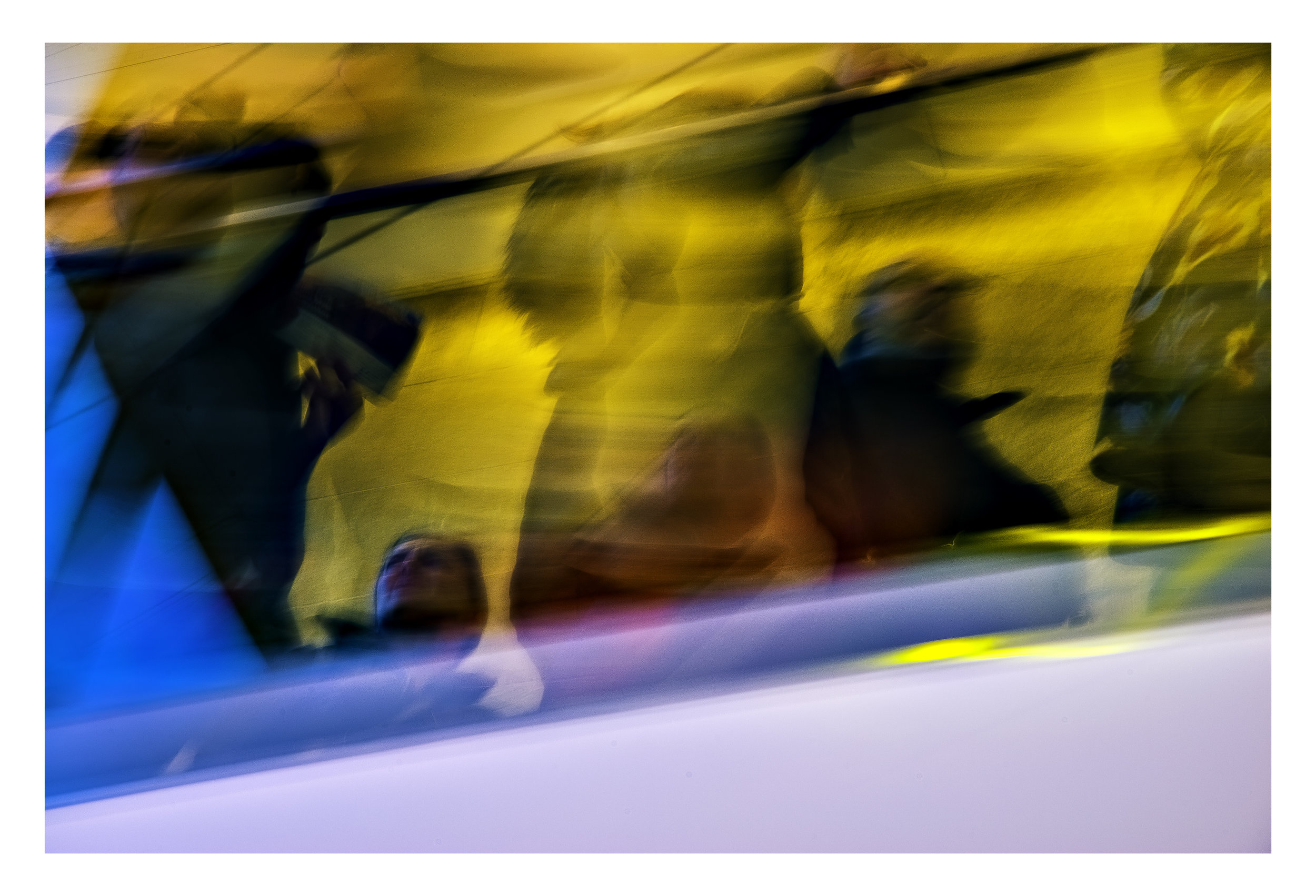
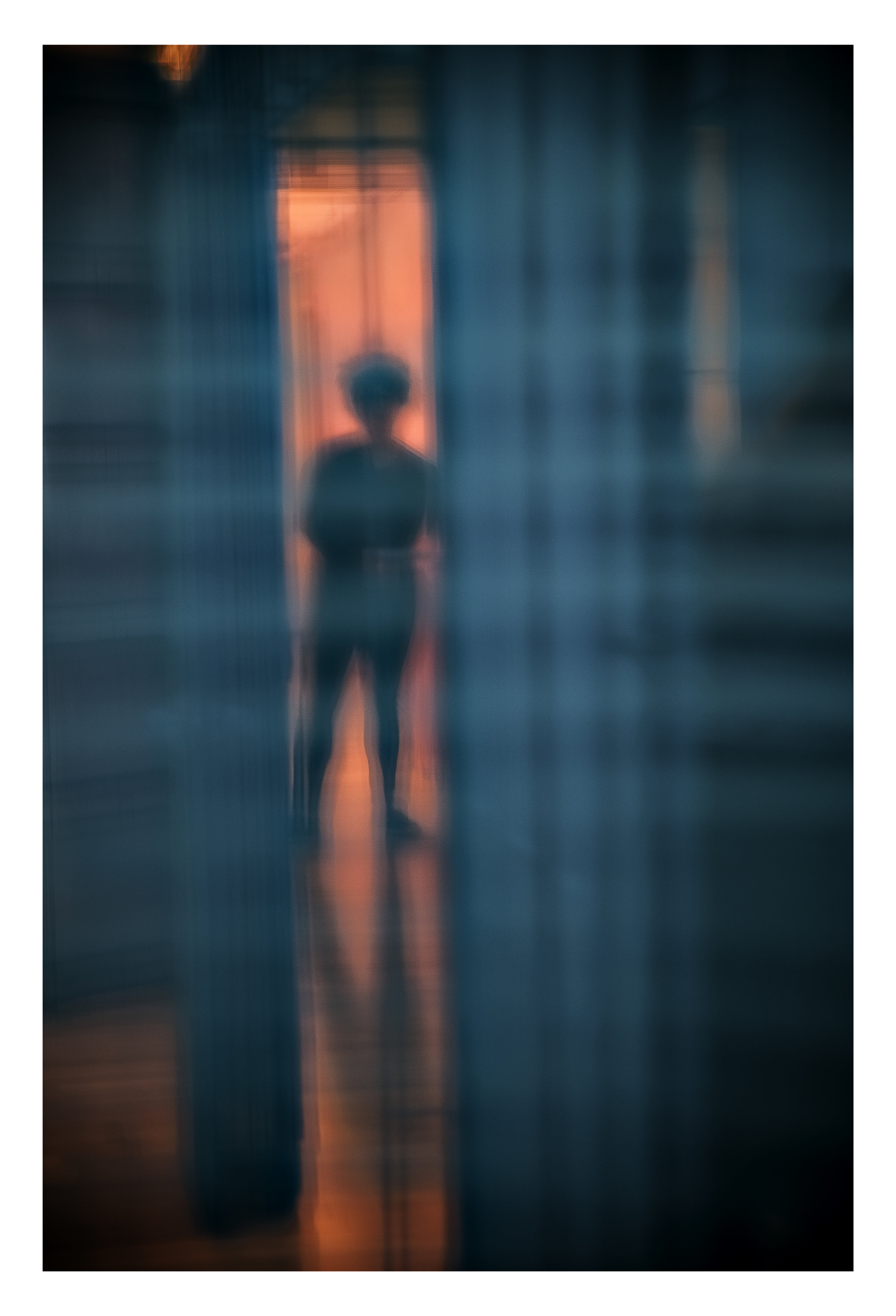

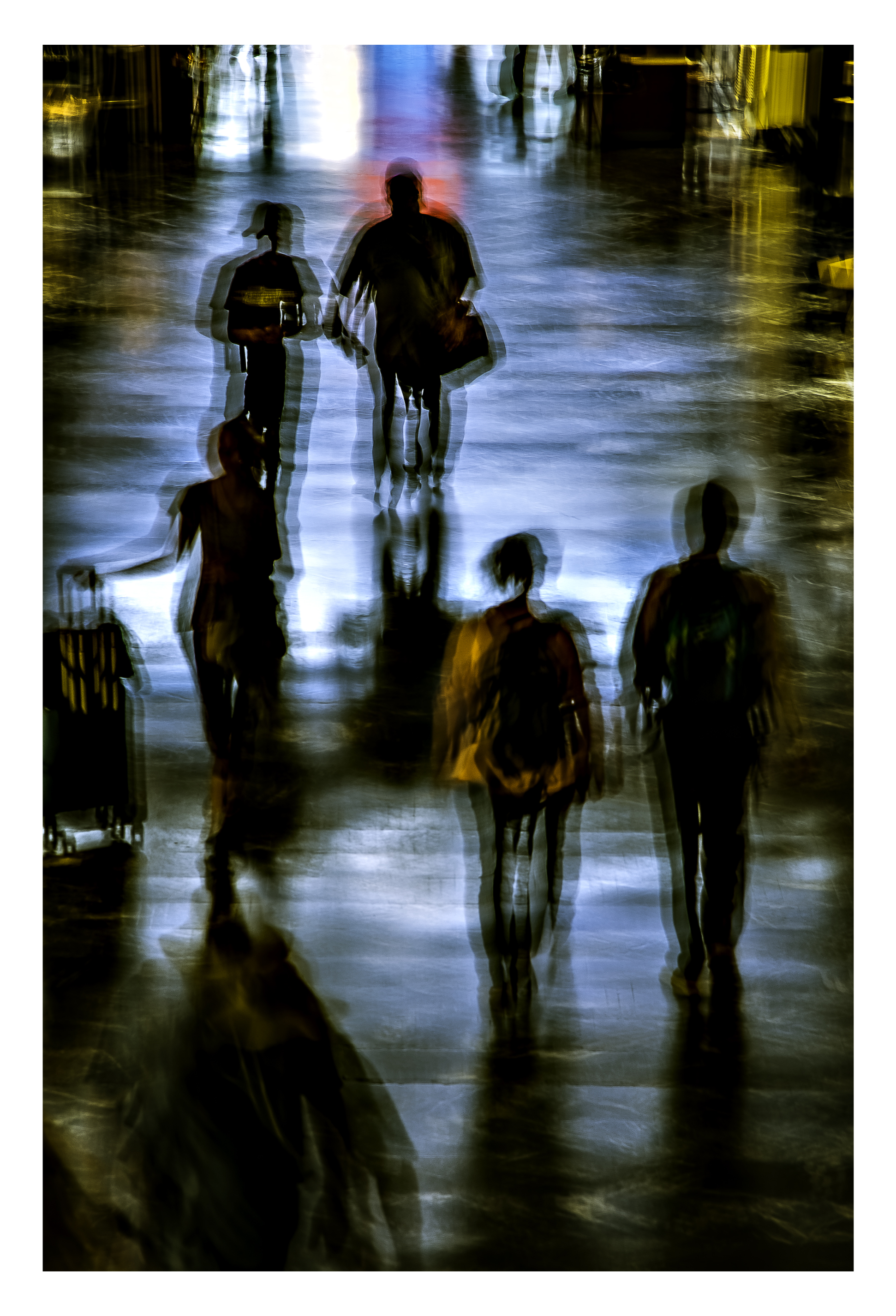
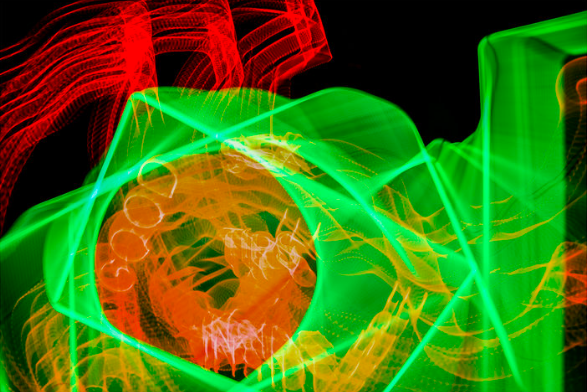
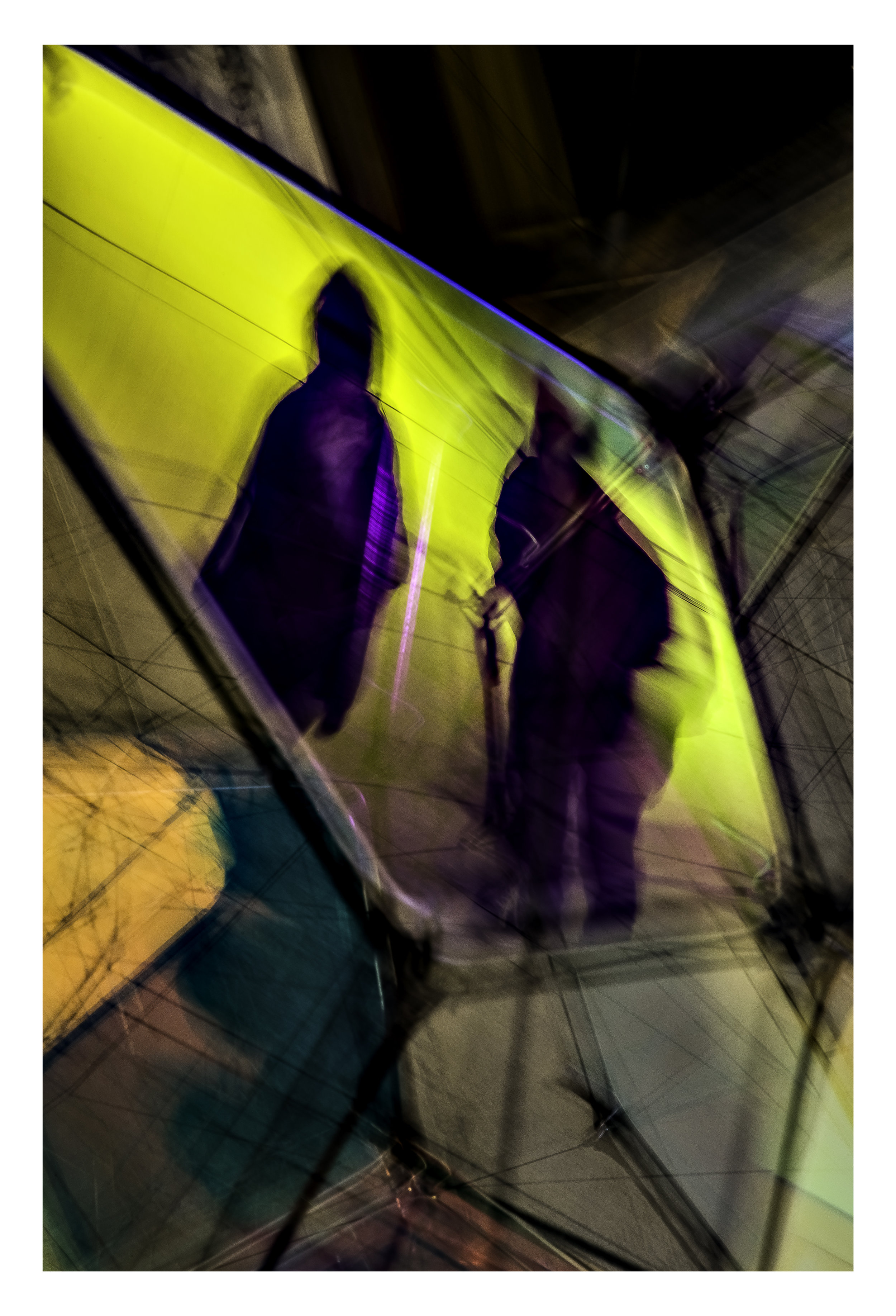
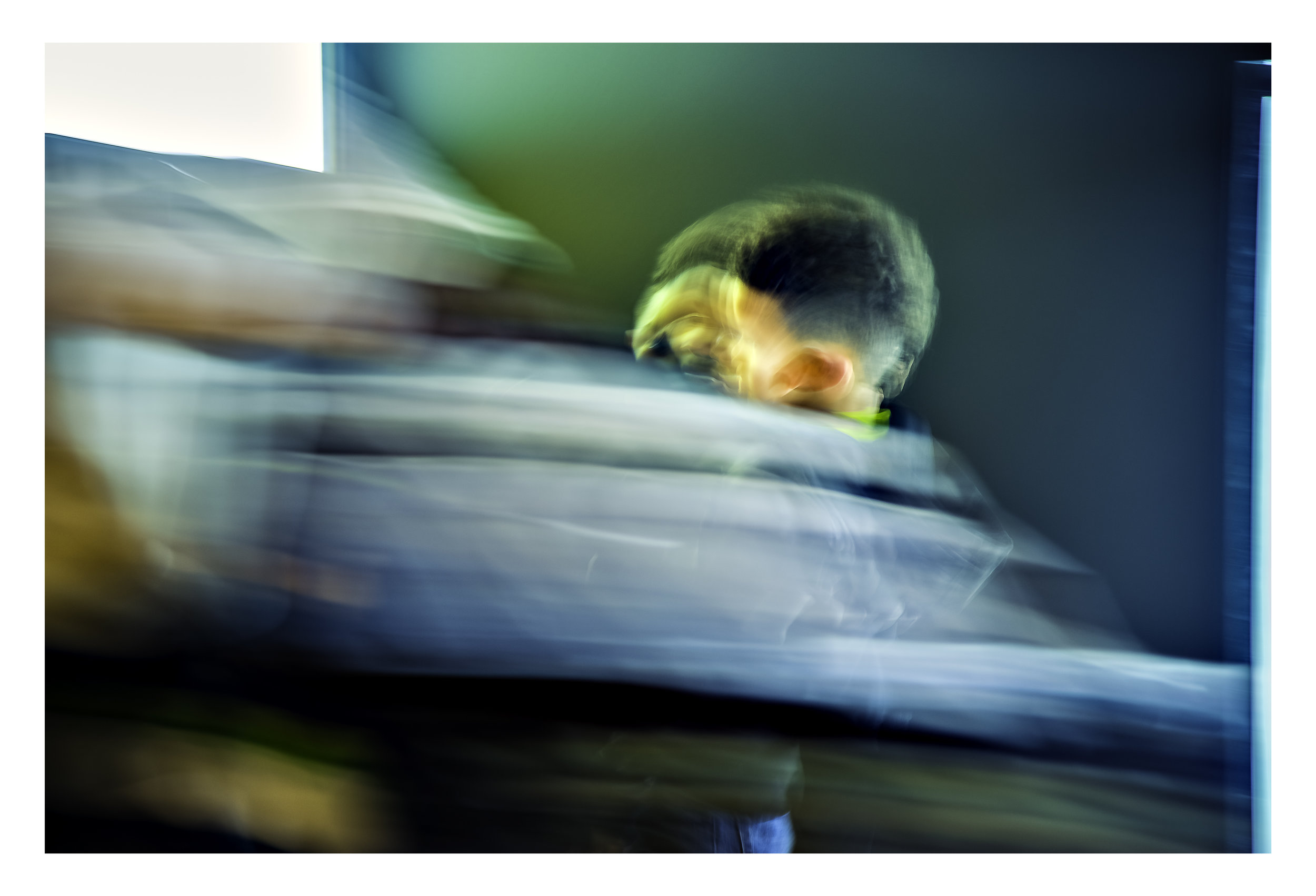
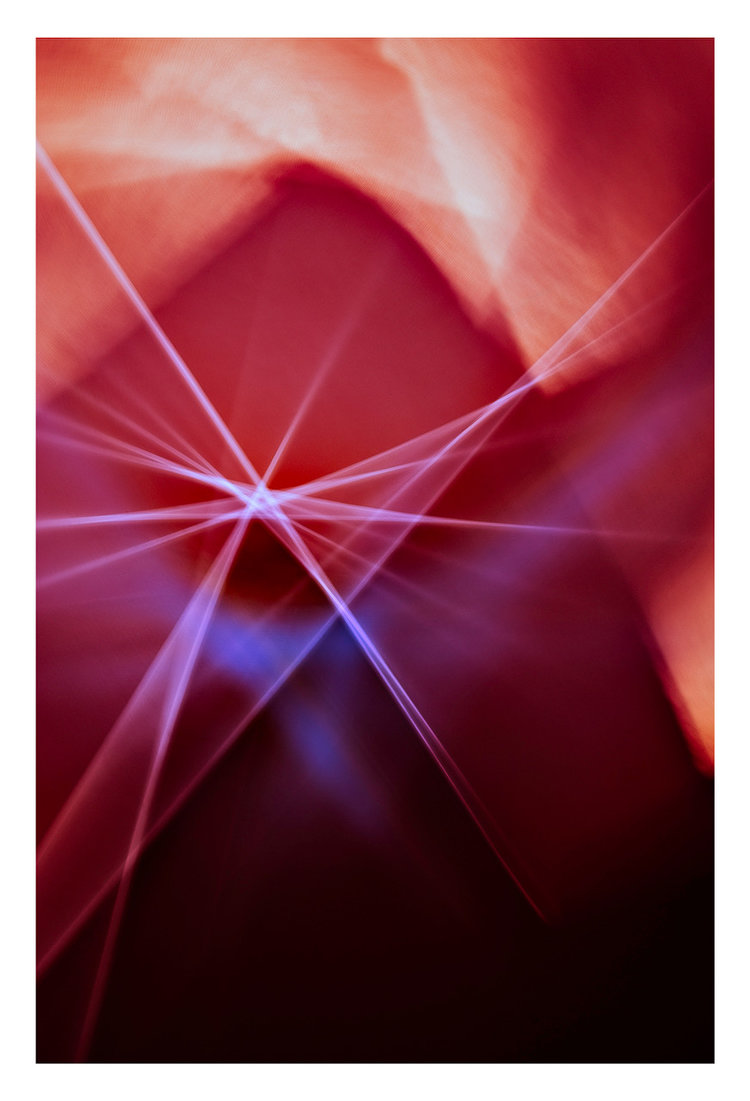
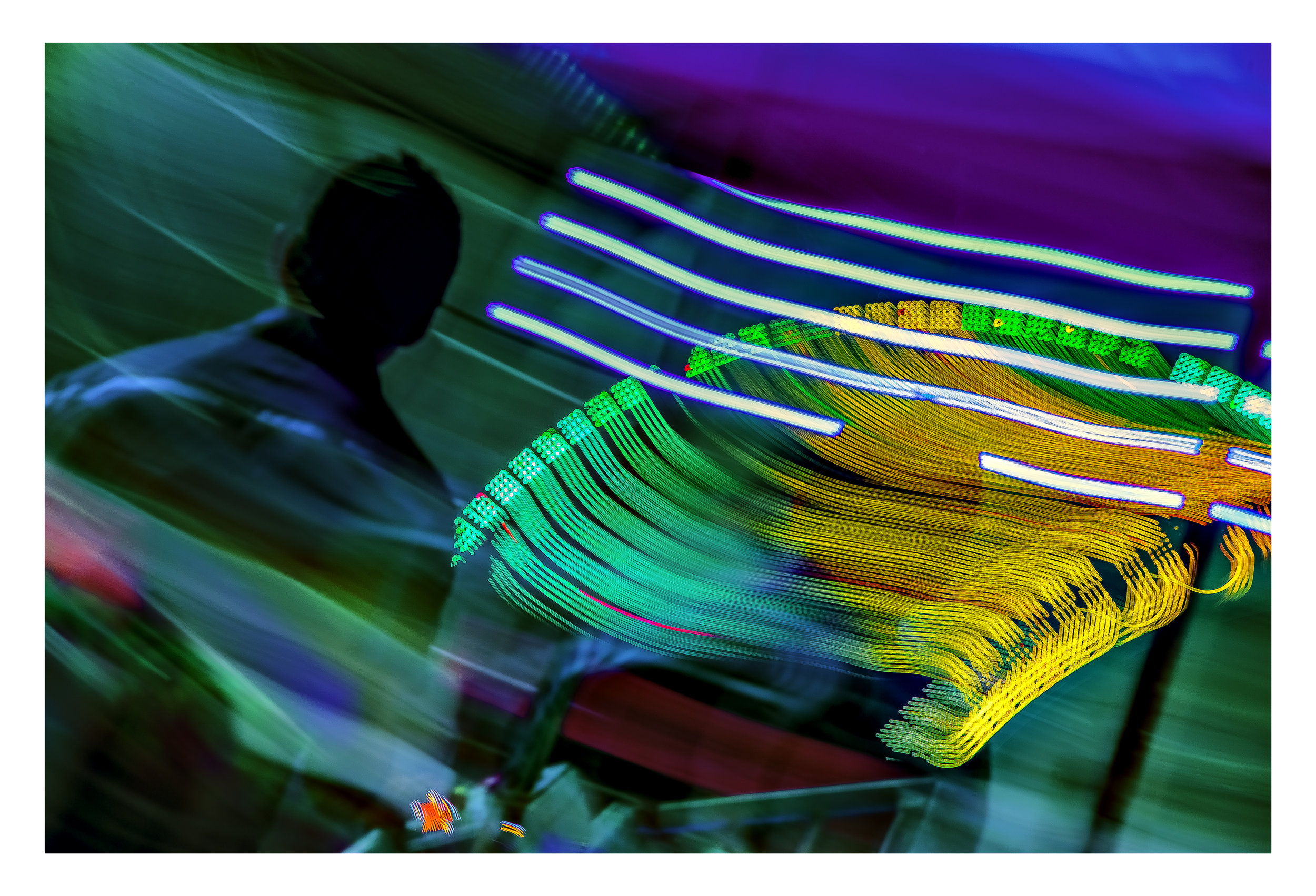
Today’s poem is inspired by Steven’s ability to portray another world within our surroundings in his photographs:
A Dream Within a Dream
Take this kiss upon the brow!
And, in parting from you now,
Thus much let me avow —
You are not wrong, who deem
That my days have been a dream;
Yet if hope has flown away
In a night, or in a day,
In a vision, or in none,
Is it therefore the less gone?
All that we see or seem
Is but a dream within a dream.
I stand amid the roar
Of a surf-tormented shore,
And I hold within my hand
Grains of the golden sand —
How few! yet how they creep
Through my fingers to the deep,
While I weep — while I weep!
O God! Can I not grasp
Them with a tighter clasp?
O God! can I not save
One from the pitiless wave?
Is all that we see or seem
But a dream within a dream?



